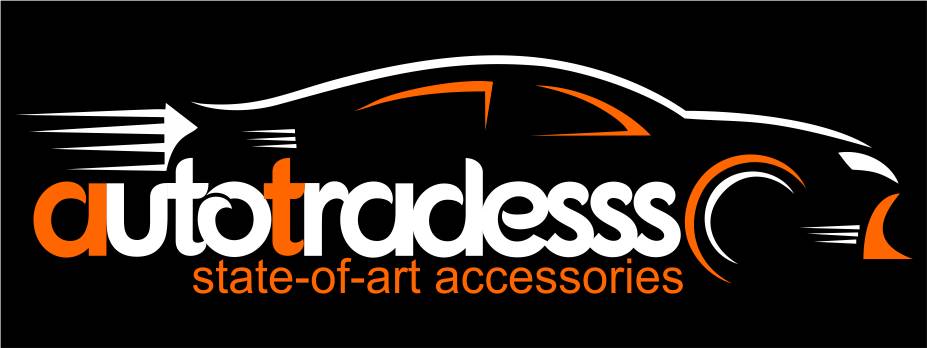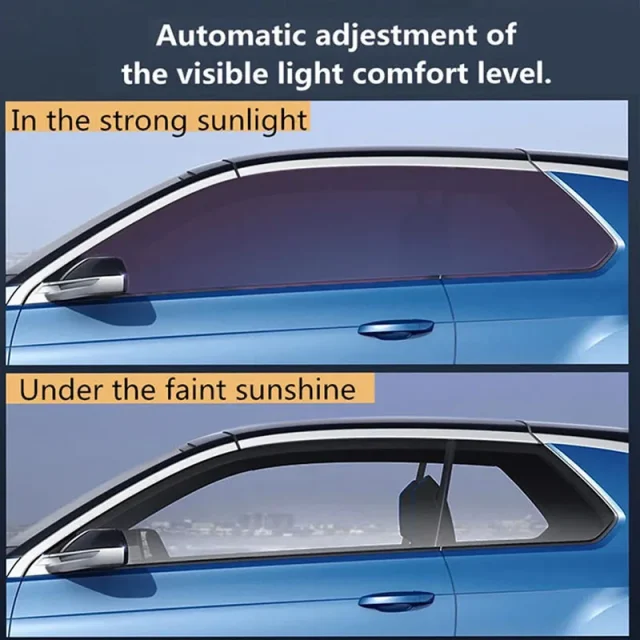Specifications:
Light – VLT: 78%-15% / IRR :95% / UVR : 99%
Dark -VLT:38%-7% / IRR :97% / UVR : 99%
Size:
-
50CM*1M (19.68IN*3.3FT), 50CM*2M (19.68IN*6.6FT), 50CM*3M (19.68IN*9.9FT)—–Window passenge/ Windows small driver
-
76CM*1.52M (29.9IN*4.98FT)—– rear windshields
-
100CM*1.52M (39.37IN*4.98FT), 100CM*3M (39.37IN*9.9FT)—–Front windshields
(Pls measure the size before placing an order. If u have any questions, pls contact us!!)
Thickness:2mil
Type: PHOTOCHROMIC FILM
Features: Anti UV, Heat Resist, waterproof,explosion-proof
Area of use: Car window(Window passenge/ Windows small driver),Front and rear windshields,Building Galss,Home Window etc
Life: (based on vertical surface exposure) 8-10 years
Advantage of photochromic film :
Photochromic window film become darken in response to UV light in less than one minute, and continue to be darker a little over the next ten minutes. This film begin hIGH VLT in the absence of UV light, and will be noticeably lighter within two minutes, mostly clear within five minutes, and fully back to their non-exposed state in about fifteen minutes.
This film will prevents sunlight from achieving true sunglass darkness in very hot weather.
Package includes:
1 X Window Tinting Film Roll
The steps are as follows:
1. Clean the inside and outside of the car window to avoid affecting the effect of the rear sticker;
2. Cut the appropriate car film according to the glass size, which can be slightly larger because it will shrink slightly after being blown by the hot air blower;
3. Before applying the film, spray some water on the glass and onto the torn protective film surface to reduce the viscosity of the adhesive layer and adjust the position of the alignment film;
4. The car window glass has a certain curvature and can be baked with a hot air blower.
5. Spray some cleaning solution on the inner glass, and then spray it on the torn protective film surface. After aligning the position, it can be affixed;
6.During the pasting process, there may be some bubbles and water. Use a scraper to remove bubbles and moisture;
7. Finally, check for any bubbles, wrinkles, scratches, etc. Between the car film and glass. If there are no issues, use a towel to wipe the water off the edges of the glass.

































